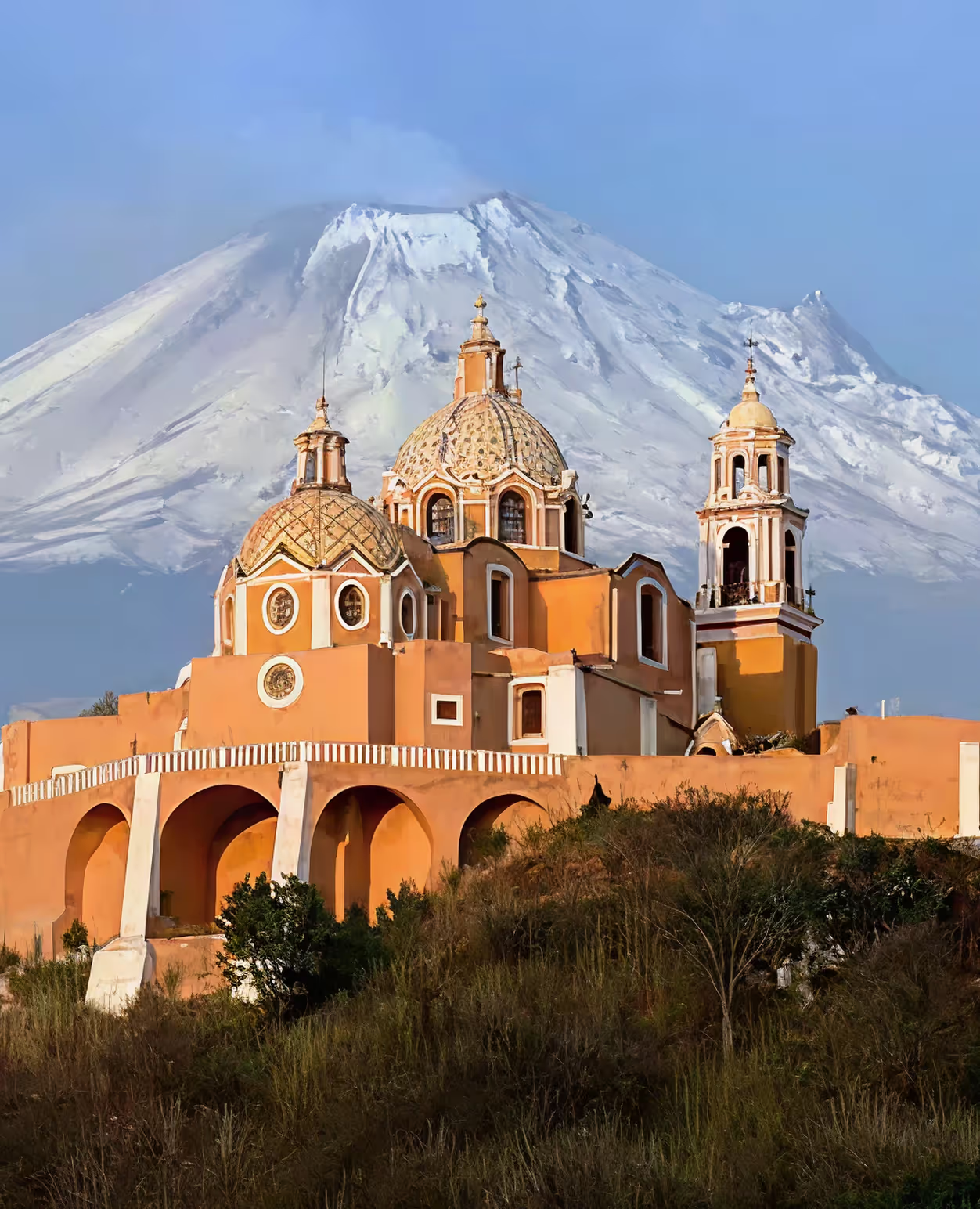Plan your trip
Plan my custom trip
Request a quote
Customize my trip
Design your trip
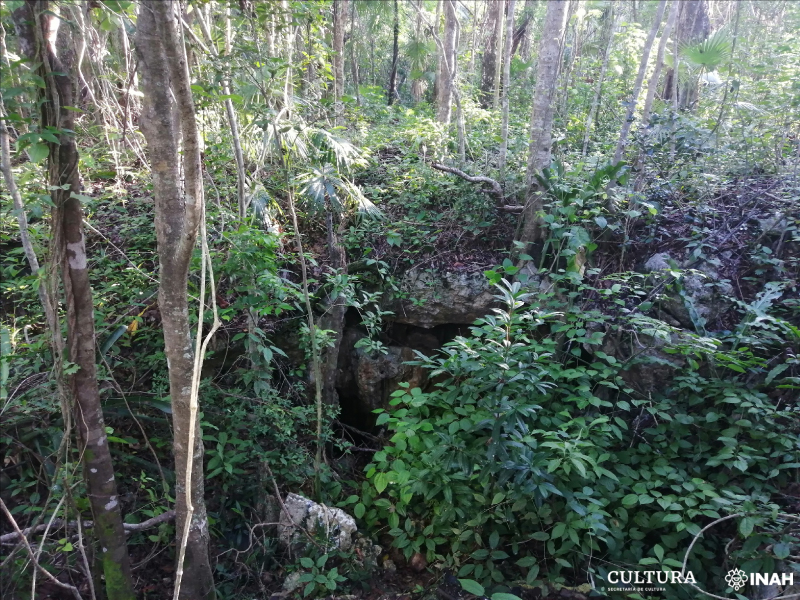



Time passes, and the Mayan culture becomes ever more fascinating—not only because of its remarkable legacy in architecture, mathematics, and astronomy but also due to the mysteries gradually emerging from the jungle. From time to time, archaeologists uncover something—a temple, a pyramid base, an artifact—that reveals a glimpse of the lives led by these original people.
Each discovery feels like a piece of a puzzle, helping us understand how they lived, what they valued, and, especially, why they dispersed one day, leaving behind only legends.
On December 7, 2021, the National Institute of Anthropology and History (INAH) confirmed the discovery of three Mayan artifacts found in Chemuyil, a municipality in Quintana Roo. This significant find provides researchers with valuable insight into Mayan culture and the activities they practiced during their time of expansion.
Visit Chemuyil and book your trip with Rutopía.

The INAH reported finding two vessels and a tripod bowl, dating back to the Late Postclassic Maya period (1200-1500 AD).
One vessel was missing one of its two original handles, while the other pot was found fragmented, likely due to pressure from a tree root against surrounding rocks.
Discover Mayan Life and Nature with Rutopía
The third piece, a tripod bowl, is a type of pottery used for food preparation, serving, and ceremonial purposes. This artifact was found face-down, covered by stones. According to experts, the manner of its placement suggests it was part of an offering to the Mayan gods. In some instances, such vessels were used to ritually collect water.
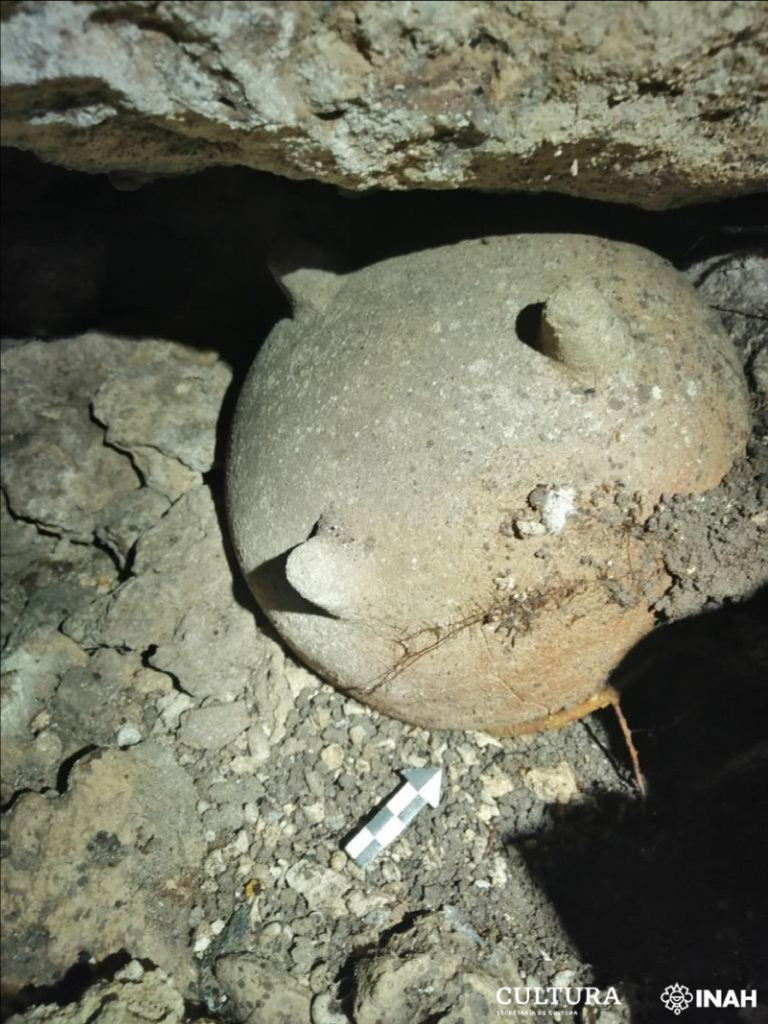
The pieces were found in a natural cave near the town of Chemuyil in Quintana Roo located between Playa del Carmen and Tulum. This area is part of a vast region filled with natural caverns, which are believed to have been used by the Mayans for ceremonial purposes. These findings further confirm the significance of these caves to the Mayans, who likely used them not only for worship but also for certain daily activities.
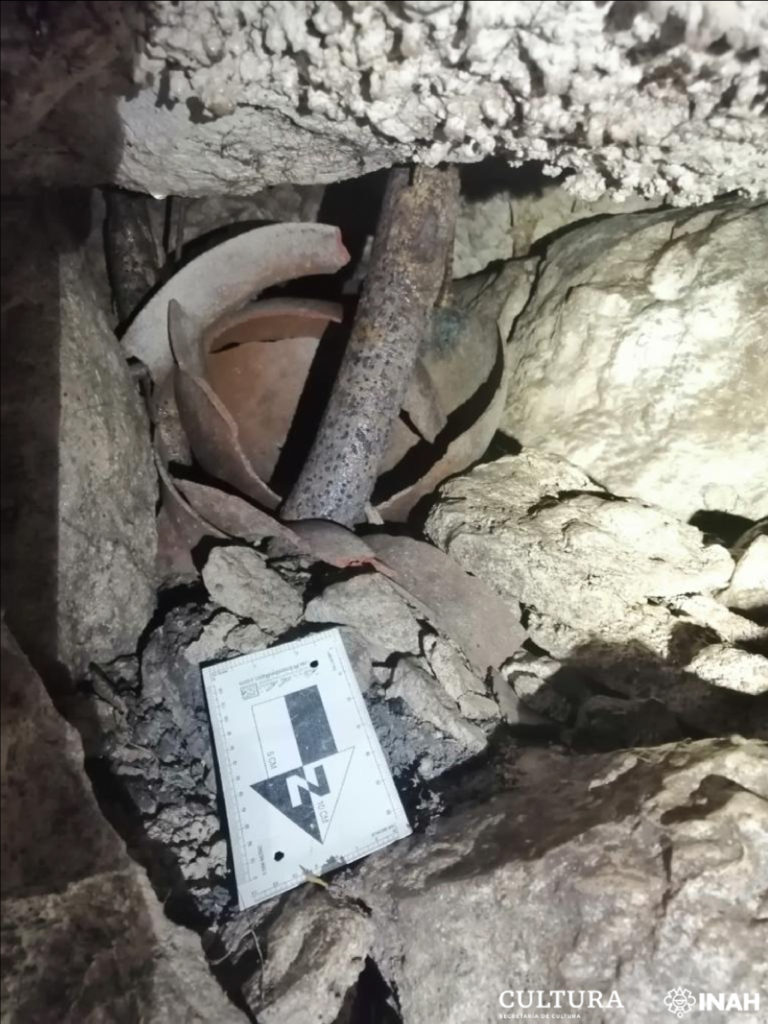
Visit Playa del Carmen with Rutopía.
Currently, the recovered artifacts are being cared for at the Mayan Museum of Cancún , where we will soon have the chance to view them.
On November 20, members of the civil association Mayab Speleological Circle, along with the Urban Cenotes Project of Playa del Carmen—an organization dedicated to cataloging and mapping the region's caves—discovered the artifacts during an exploration. They promptly informed the appropriate authorities.
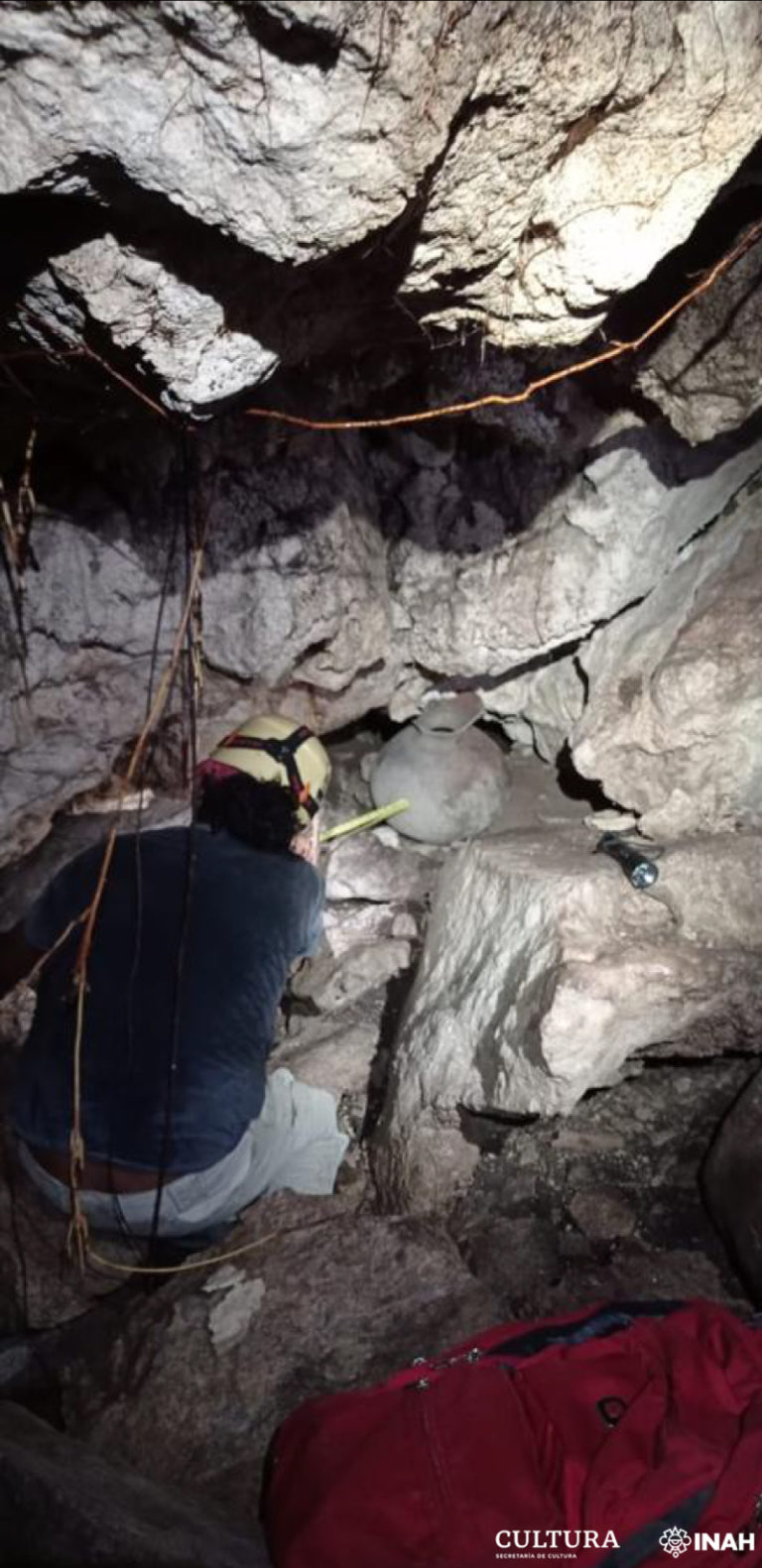
***
If you want to know more about the Mayan culture and Chemuyil, check out:
The water path: The cenotes of Chemuyil
